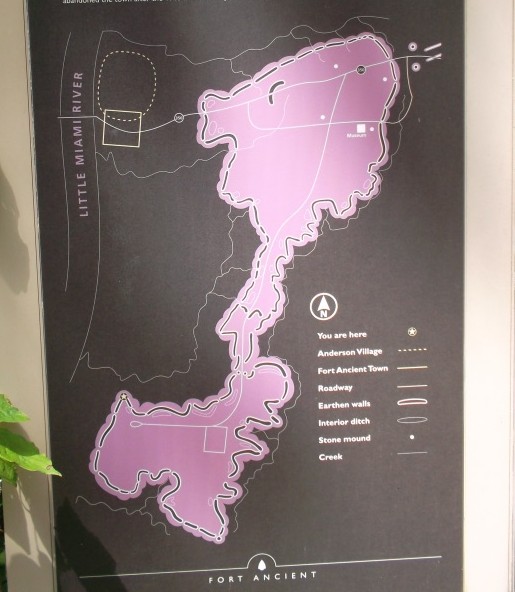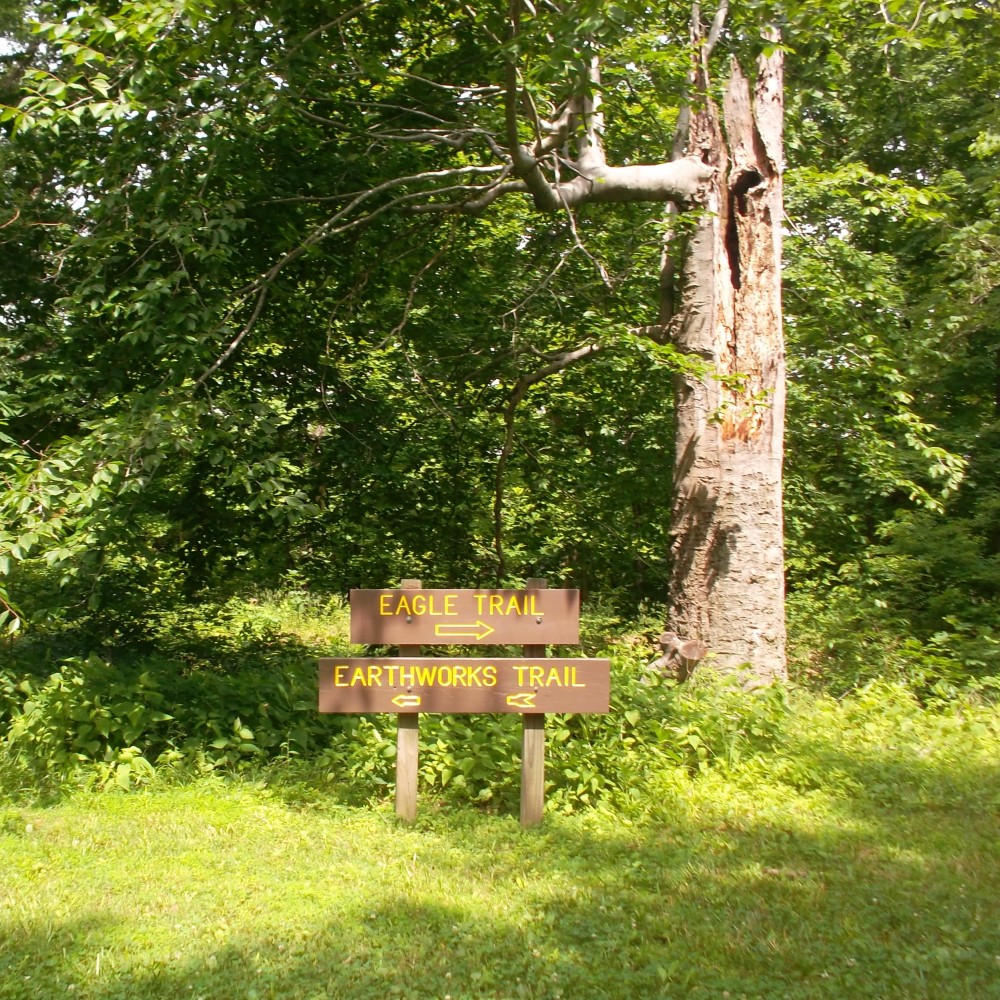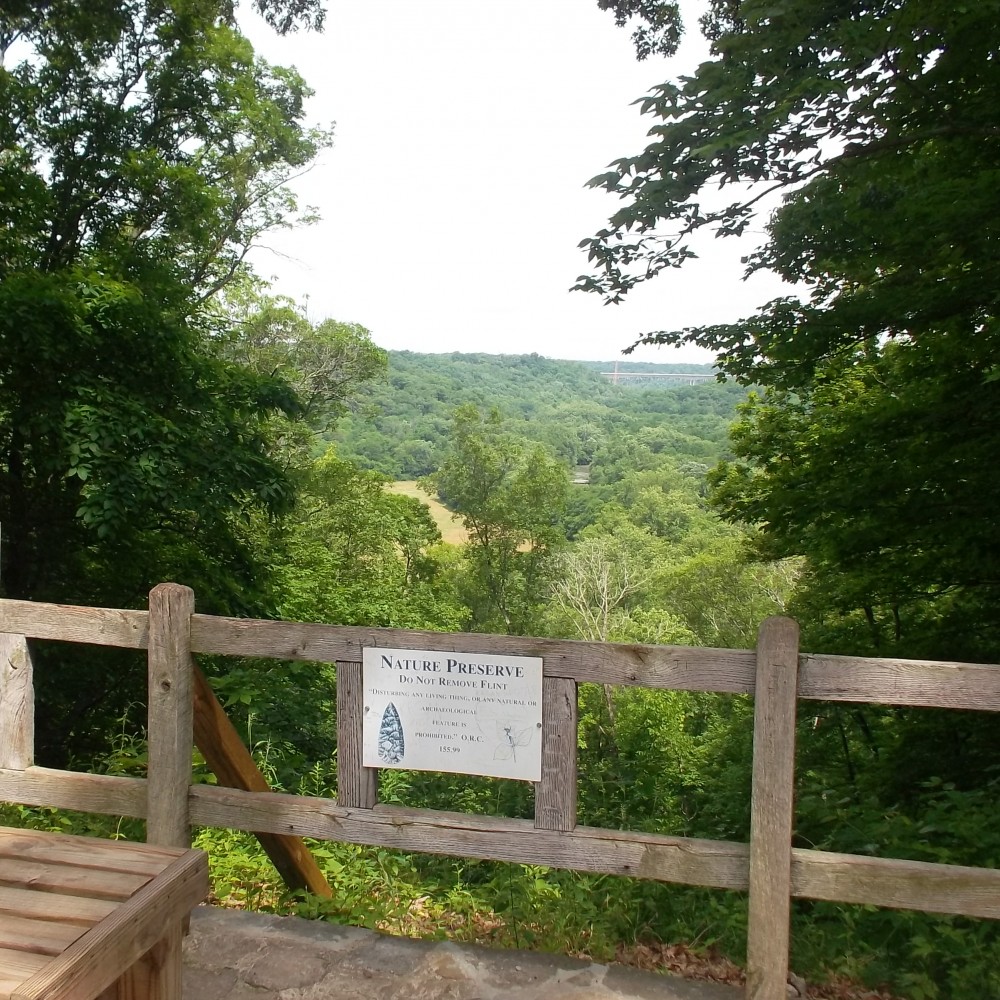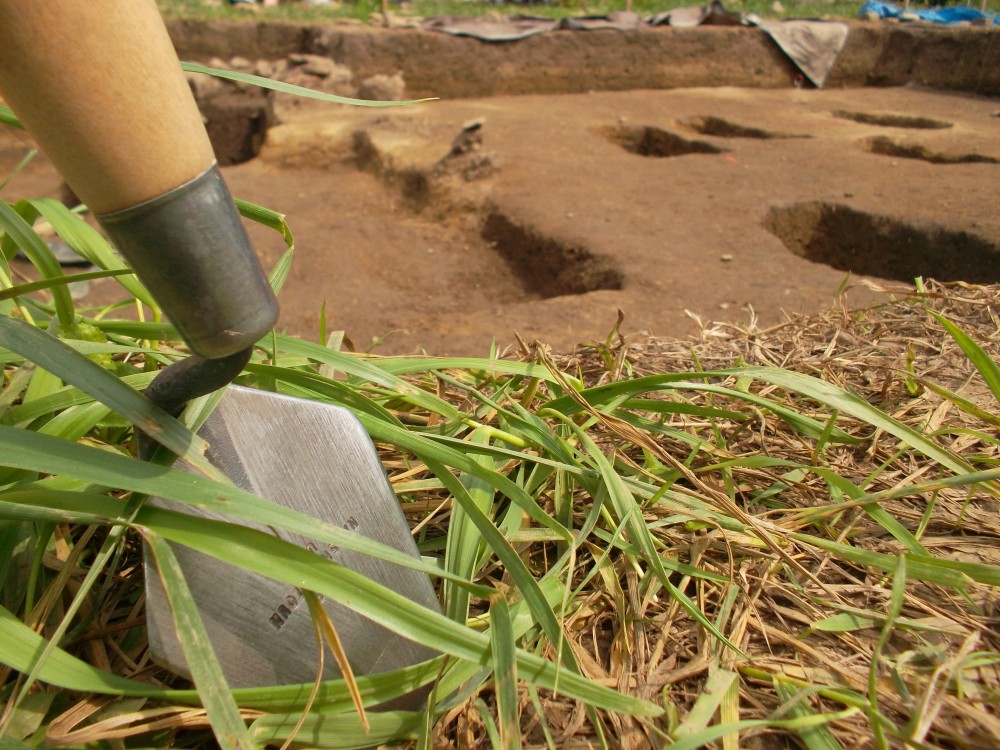 This week, the Archaeology staff at the Ohio History Connection visited Wright State University’s excavations at Fort Ancient in Warren County. This site is a bit squirrelly; it is neither a fort nor was it built by the Fort Ancient culture. This earthen enclosure was constructed by the Hopewell culture, but the site was also used by the Fort Ancient culture (which led to the name assignment). Walls wind for 3.5 miles atop a bluff adjacent to the Little Miami River. At their highest the walls tower 23 feet. Naturally, early archaeologists and locals thought it was built as a fortification. However, there are 64 breaks or gateways in the enclosure dotted with ponds on the inside of the walls. There are varied historical components to this site as well; such an unusual and immense network of earthen walls and rock mounds was bound to attract the attention of early settlers. The earliest known publication of the site was in a Philadelphia newspaper the Portfolio in 1809. Caleb Atwater covered the site in 1820 in Transactions of the American Antiquarian Society. John Locke surveyed the site in 1848 for the Squier & Davis publication Ancient Monuments of the Mississippi Valley. Warren K Moorehead conducted his own survey and spent several years excavating in the late 1880s, sometimes at his own expense. The site hosted a training camp for soldiers gearing up for WWI. In the 1930s the Civilian Conservation Corps constructed shelters and facilities for the public.
This week, the Archaeology staff at the Ohio History Connection visited Wright State University’s excavations at Fort Ancient in Warren County. This site is a bit squirrelly; it is neither a fort nor was it built by the Fort Ancient culture. This earthen enclosure was constructed by the Hopewell culture, but the site was also used by the Fort Ancient culture (which led to the name assignment). Walls wind for 3.5 miles atop a bluff adjacent to the Little Miami River. At their highest the walls tower 23 feet. Naturally, early archaeologists and locals thought it was built as a fortification. However, there are 64 breaks or gateways in the enclosure dotted with ponds on the inside of the walls. There are varied historical components to this site as well; such an unusual and immense network of earthen walls and rock mounds was bound to attract the attention of early settlers. The earliest known publication of the site was in a Philadelphia newspaper the Portfolio in 1809. Caleb Atwater covered the site in 1820 in Transactions of the American Antiquarian Society. John Locke surveyed the site in 1848 for the Squier & Davis publication Ancient Monuments of the Mississippi Valley. Warren K Moorehead conducted his own survey and spent several years excavating in the late 1880s, sometimes at his own expense. The site hosted a training camp for soldiers gearing up for WWI. In the 1930s the Civilian Conservation Corps constructed shelters and facilities for the public.


Moorehead advocated for the preservation of the earthworks, leading to its designation as a State Memorial in 1891. The earthworks (which cover 126 acres) and surrounding area are a nature preserve featuring 2.5 miles of hiking trails. This amazing site is a National Historic Landmark and is in consideration for nomination to the UNESCO World Heritage List.

The 2014 archaeological field school season is wrapping up for Wright State University students. Led by Dr. Robert Riordan, the team of students and volunteers has conducted archaeological investigation since 2006. Of primary interest is a circular anomaly approximately 60 meters in diameter. The Moorehead Circle is surrounded by post molds that each extend three feet into the ground. Excavations in the central area of the circle revealed a large deposit of burned red clay. It seems the more they dig the more splendid things they discover.
Juli Six